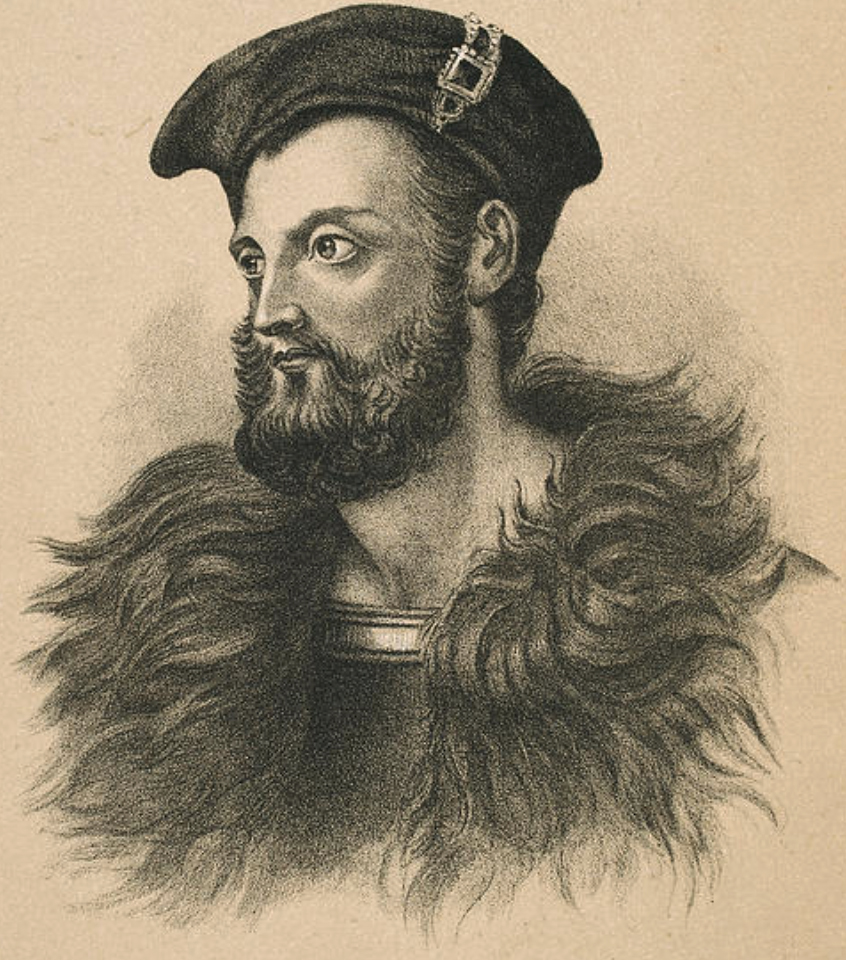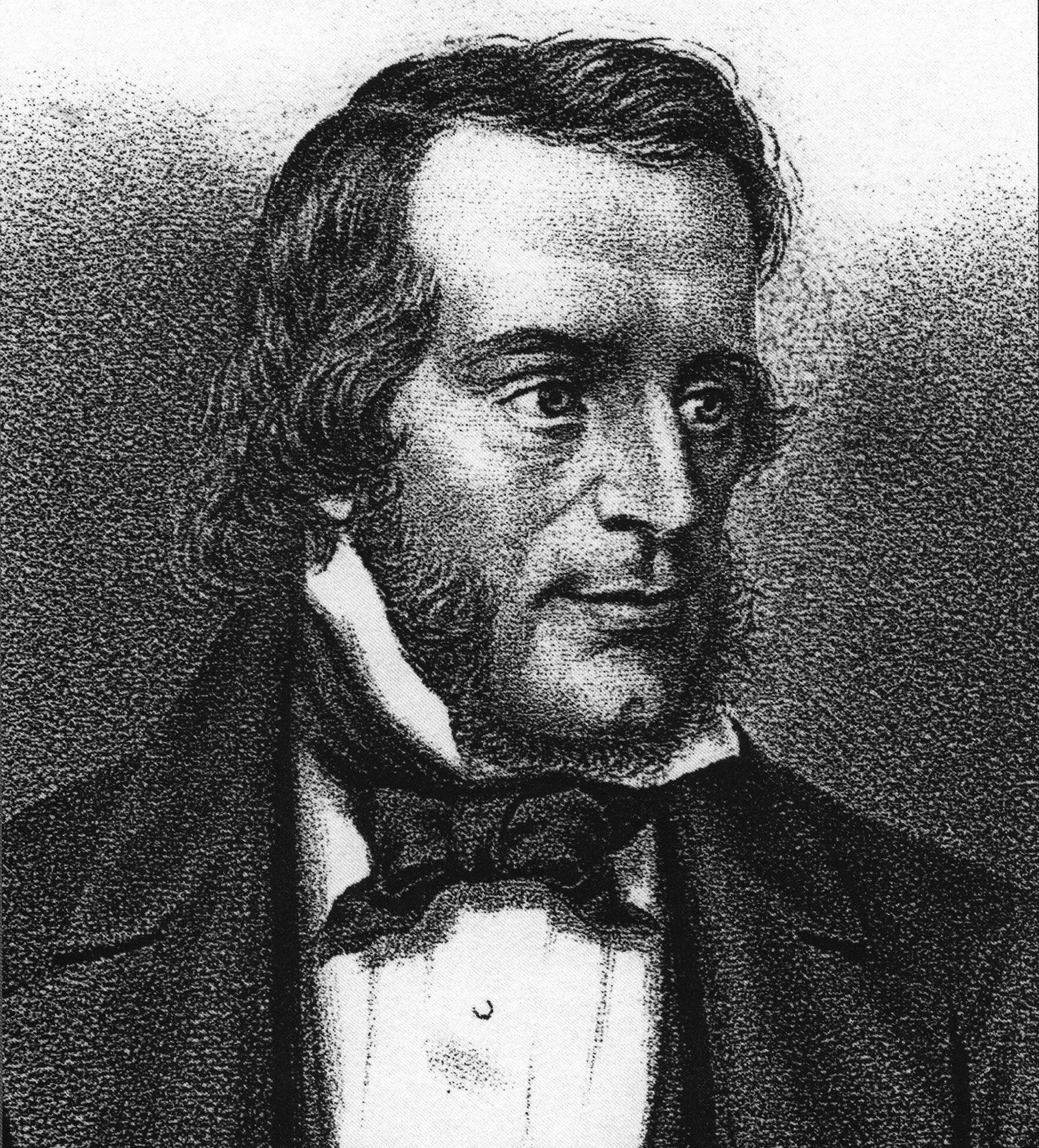Lament For Owen Roe O'Neill on:
[Wikipedia]
[Google]
[Amazon]
 "The Lament for Owen Roe" is a traditional Irish
"The Lament for Owen Roe" is a traditional Irish
 Among his many works, Turlough O'Carolan composed several tunes that referred to Irish leaders during the Confederate Wars, including Lord Inchiquin and Owen Roe. During the nineteenth century, Owen Roe was revived as a heroic figure by
Among his many works, Turlough O'Carolan composed several tunes that referred to Irish leaders during the Confederate Wars, including Lord Inchiquin and Owen Roe. During the nineteenth century, Owen Roe was revived as a heroic figure by
ballad
A ballad is a form of verse, often a narrative set to music. Ballads derive from the medieval French ''chanson balladée'' or ''ballade'', which were originally "dance songs". Ballads were particularly characteristic of the popular poetry and ...
dating from the nineteenth century. With a mournful tune, based on an eighteenth-century composition called ''Lament for Owen Roe O'Neill'' by the harpist
The harp is a stringed musical instrument that has a number of individual string (music), strings running at an angle to its sound board (music), soundboard; the strings are plucked with the fingers. Harps can be made and played in various way ...
Turlough O'Carolan
Turlough O'Carolan ( ga, Toirdhealbhach Ó Cearbhalláin ; 167025 March 1738) was a blind Celtic harper, composer and singer in Ireland whose great fame is due to his gift for melodic composition.
Although not a composer in the classical sense, ...
, it is a lament
A lament or lamentation is a passionate expression of grief, often in music, poetry, or song form. The grief is most often born of regret, or mourning. Laments can also be expressed in a verbal manner in which participants lament about something ...
for the death of Owen Roe O'Neill
Owen Roe O'Neill ( Irish: ''Eoghan Ruadh Ó Néill;'' – 1649) was a Gaelic Irish soldier and one of the most famous of the O'Neill dynasty of Ulster. O'Neill left Ireland at a young age and spent most of his life as a mercenary in the Spanish ...
. Its lyrics were written by Thomas Davis and draw on the tradition of romantic nationalism which was at its height during the era.
Background
Owen Roe O'Neill (c.1585-1649), a member of the O'Neill dynasty ofUlster
Ulster (; ga, Ulaidh or ''Cúige Uladh'' ; sco, label= Ulster Scots, Ulstèr or ''Ulster'') is one of the four traditional Irish provinces. It is made up of nine counties: six of these constitute Northern Ireland (a part of the United Kin ...
, was a veteran soldier who had spent most of his life serving as a mercenary
A mercenary, sometimes also known as a soldier of fortune or hired gun, is a private individual, particularly a soldier, that joins a military conflict for personal profit, is otherwise an outsider to the conflict, and is not a member of any ...
in the Spanish Army. Following the Irish Rebellion of 1641 in which Catholics rose up to assert their rights while pledging their allegiance to Charles I Charles I may refer to:
Kings and emperors
* Charlemagne (742–814), numbered Charles I in the lists of Holy Roman Emperors and French kings
* Charles I of Anjou (1226–1285), also king of Albania, Jerusalem, Naples and Sicily
* Charles I of ...
, O'Neill returned to Ireland. During the ensuing Irish Confederate Wars he commanded the Ulster Army
The Laggan Army, sometimes referred to as Lagan Army, was a militia formed by Protestant settlers in the fertile Laggan Valley of County Donegal, Ulster, during the time of the Irish Rebellion of 1641.
Background
Following the defeat of ...
, mostly campaigning against the Scottish Covenanter Army whom he defeated at the Battle of Benburb
The Battle of Benburb took place on 5 June 1646 during the Irish Confederate Wars, the Irish theatre of the Wars of the Three Kingdoms. It was fought between the Irish Confederation under Owen Roe O'Neill, and a Scottish Covenanter and Anglo-I ...
. Following the execution of Charles I in 1649 and the declaration of the English Commonwealth, the Irish Confederates and the Covenanters united in a new alliance under his son Charles II. In the face of a potential landing by a large expedition of English troops, O'Neill quarreled with his rival Catholic commanders and refused to accept the Treaty. He instead began co-operation with local English troops under Sir Charles Coote, assisting them during the Siege of Derry
The siege of Derry in 1689 was the first major event in the Williamite War in Ireland. The siege was preceded by a first attempt against the town by Jacobite forces on 7 December 1688 that was foiled when 13 apprentices shut the gates ...
.
His temporary alliance with the English having broken down, O'Neill now reached agreement with the Crown including amongst his conditions an Earldom
Earl () is a rank of the nobility in the United Kingdom. The title originates in the Old English word ''eorl'', meaning "a man of noble birth or rank". The word is cognate with the Scandinavian form ''jarl'', and meant " chieftain", particula ...
and some lands once held by his family. However he died shortly afterwards. Rumours rapidly spread that he had been poisoned by the English republican forces of Oliver Cromwell
Oliver Cromwell (25 April 15993 September 1658) was an English politician and military officer who is widely regarded as one of the most important statesmen in English history. He came to prominence during the 1639 to 1651 Wars of the Three K ...
(and in particular by O'Neill's recent former ally Coote) to remove a dangerous opponent. However the idea that O'Neill was assassinated is now generally rejected, and his death attributed to natural causes. After his death the Ulster Army was largely destroyed at the Battle of Scarrifholis
The Battle of Scarrifholis, also spelt Scariffhollis was fought on 21 June 1650, near Letterkenny in County Donegal during the Cromwellian conquest of Ireland. A force loyal to the Commonwealth of England commanded by Charles Coote defeated ...
.
Song
Irish nationalists
Irish nationalism is a nationalist political movement which, in its broadest sense, asserts that the people of Ireland should govern Ireland as a sovereign state. Since the mid-19th century, Irish nationalism has largely taken the form of cu ...
. Thomas Davis of the Young Ireland
Young Ireland ( ga, Éire Óg, ) was a political and cultural movement in the 1840s committed to an all-Ireland struggle for independence and democratic reform. Grouped around the Dublin weekly ''The Nation'', it took issue with the compromise ...
movement included him along with other seventeenth century figures such as Red Hugh O'Donnell
Hugh Roe O'Donnell (Irish: ''Aodh Ruadh Ó Domhnaill''), also known as Red Hugh O'Donnell (30 October 1572 – 10 September 1602), was a sixteenth-century leader of the Gaelic nobility of Ireland. He became Chief of the Name of Clan O'Donn ...
and Patrick Sarsfield
Patrick Sarsfield, 1st Earl of Lucan, ga, Pádraig Sáirseál, circa 1655 to 21 August 1693, was an Irish soldier, and leading figure in the Jacobite army during the 1689 to 1691 Williamite War in Ireland.
Born into a wealthy Catholic famil ...
who were represented, often rather anachronistically, as part of a general Irish nationalist movement that stretched back for centuries.
The song is sung from the perspective of one of O'Neill's followers in another part of Ireland, who hears the news of his death. It strongly endorses the idea that O'Neill was murdered and attributes his loss as the main reason for the catastrophic defeat to the English republicans under Oliver Cromwell
Oliver Cromwell (25 April 15993 September 1658) was an English politician and military officer who is widely regarded as one of the most important statesmen in English history. He came to prominence during the 1639 to 1651 Wars of the Three K ...
, who occupied Ireland for the next decade, and deprived many Catholic leaders of their lands in the 1652 Act of Settlement.
Ludwig van Beethoven
Ludwig van Beethoven (baptised 17 December 177026 March 1827) was a German composer and pianist. Beethoven remains one of the most admired composers in the history of Western music; his works rank amongst the most performed of the classic ...
wrote an arrangement of The Lament as part of his "Ode to Irish Airs" collection. William Butler Yeats
William Butler Yeats (13 June 186528 January 1939) was an Irish poet, dramatist, writer and one of the foremost figures of 20th-century literature. He was a driving force behind the Irish Literary Revival and became a pillar of the Irish liter ...
was an admirer of the ballad.Foster p.143
Its original tune is often played as an instrumental
An instrumental is a recording normally without any vocals, although it might include some inarticulate vocals, such as shouted backup vocals in a big band setting. Through semantic widening, a broader sense of the word song may refer to inst ...
version without the later words. Another song commemorating O'Neill "The Battle of Benburb
"The Battle of Benburb" is an Irish song commemorating the 1646 Battle of Benburb. The tune was composed by Tommy Makem, with the lyrics drawn from a nineteenth century poem by Robert Dwyer Joyce.Manganiello p.54
On 5 June 1646 Owen Roe O'Neill, ...
" also dates from the nineteenth century.
References
Bibliography
* Casway, Jerrold. ''Owen Roe O'Neill and the Struggle for Catholic Ireland''. University of Pennsylvania Press, 1984. * Cooper, Barry. ''Beethoven''. Oxford University Press, 2000. * Foster, Robert Fitzroy. ''Words Alone: Yeats and His Inheritances''. Oxford University Press, 2011. * Stafford, Fiona J. ''From Gaelic to Romantic: Ossianic Translations''. Rodopi, 1998. {{DEFAULTSORT:Lament for Owen Roe Irish songs Year of song unknown